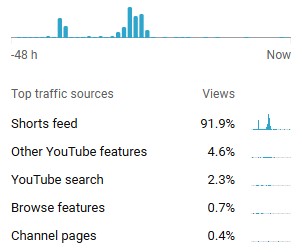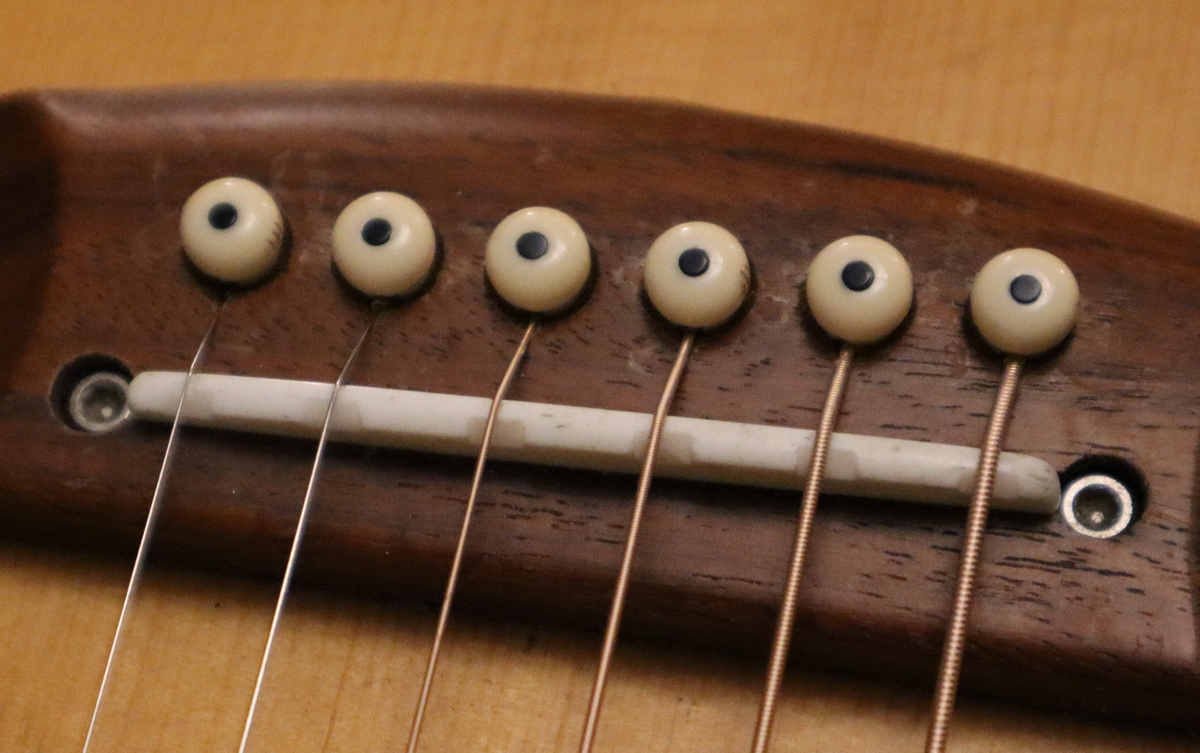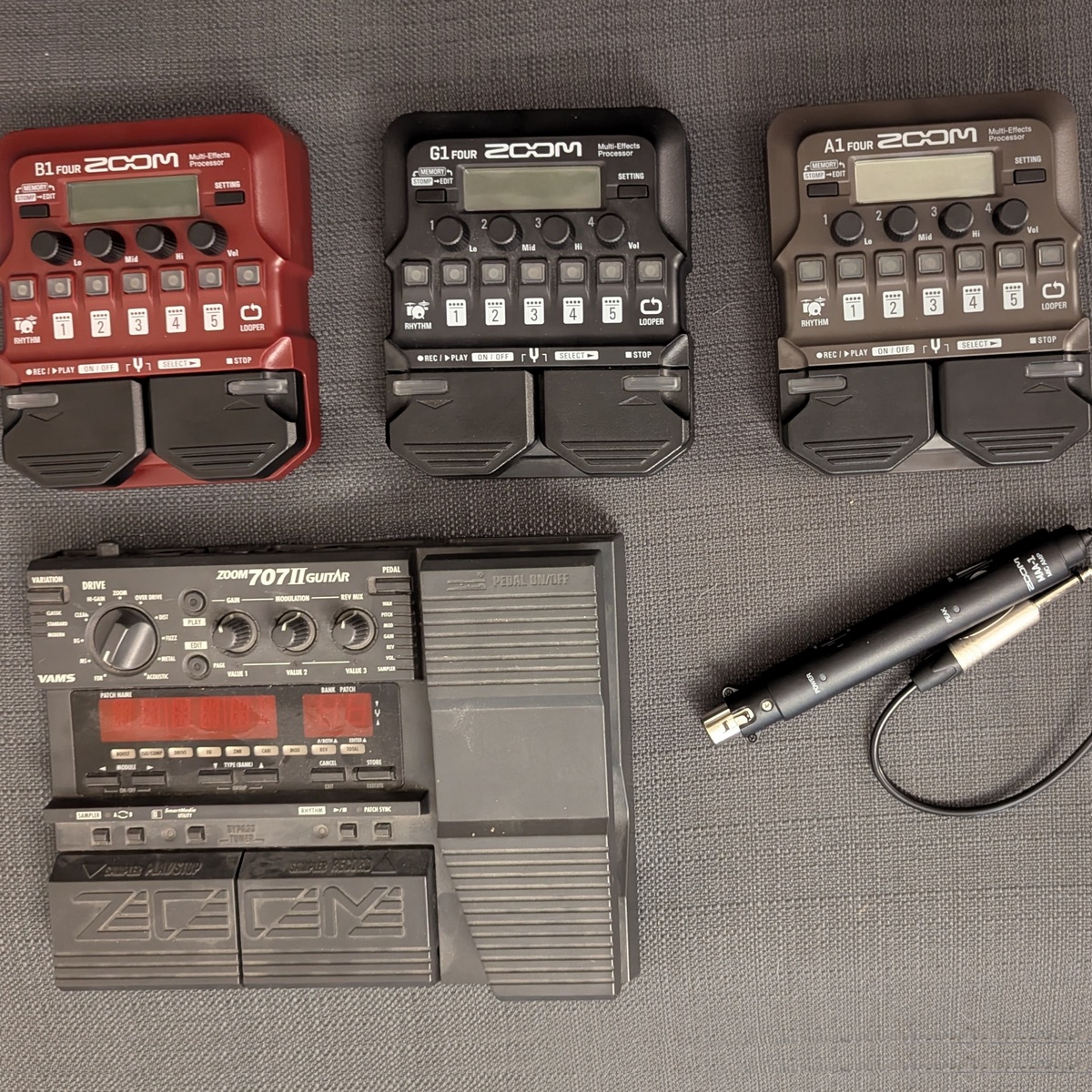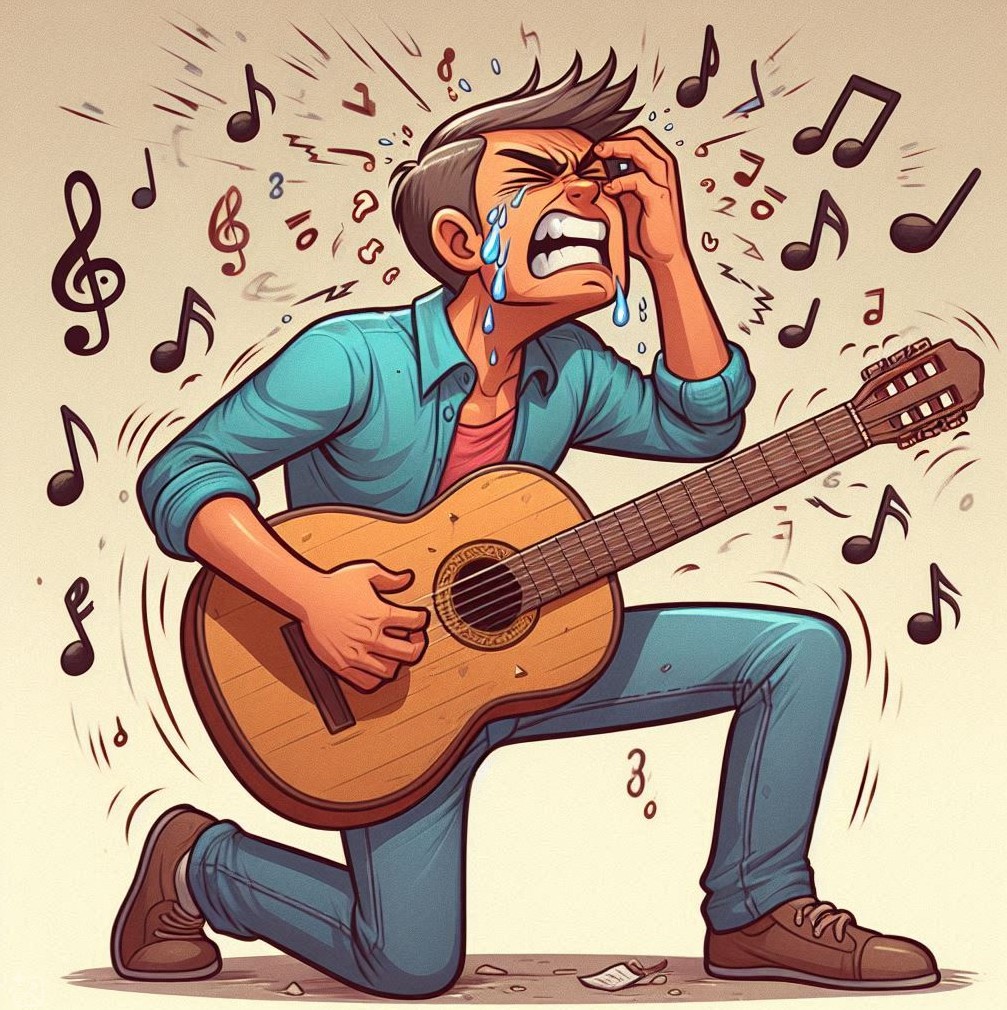"Birthday present." That was the rationale behind buying a new acoustic that is worth more than my car. Okay, I drive an old car.
It's a Cole Clarke CCFL2EC-SRE dreadnaught, serial 241142042, as mentioned in my last post about acoustics. I went back the next day and bought it. Managed to convince them to knock $100 off and throw in a set of strings but it still came in at $3.3k. Cole Clarke do many different woods for the CCFL2, and the price seems to vary within the $2k-$3k brackets...but of course I had to like the one with the increasingly rare gold standard of soundboards, a Sitka Spruce top, a wood that is hundreds of years old, Indian Rosewood back and sides, and my absolute favourite, Ebony fretboard and bridge. Neck/headstock is Australian Queensland Maple. So woods - kinda as good as it gets and therefore priced appropriately.
I showed it to my wife "yeah, looks boring, about what I expected" "But the exotic rare woods! And the simplicity of design with clean lines, it's beautiful! (looks at the rosette, which is two circles) Oh, okay, maybe it is a little boring. But listen to this!"
Acoustically it sounds great. I did a side by side with the Maton and the Cole Clarke and my wife immediately recognised the better tone. Plugged in is sensational, which is the primary use I'm going to have for it - playing through a house PA. Definitely needs an introductory video.
...which I decided I would have another crack at making a YouTube Short. I kinda tried a few years back and it all seemed too hard I gave up very quickly. After an extremely brief internet search, all I had to do was make a portrait video, keep it short, heh, and upload it. YouTube will recognise it is a short and deal with it accordingly.
Now I've seen some shorts, and I could picture one in my head, it's interesting how they always wrap and restart. So I mentally prepared it with a cool epilogue as a wrapper. Mentally reminiscent to Pink Floyd The Wall wrapper "Isn't this...where we came in?" or maybe a bit more like Jeff Wayne's War of the Worlds "a green flare, coming from Mars". Yes I do think about these things. But ultimately it is wasted, only 15% of viewers made it to the end.
I set up the video camera in portrait mode and recorded me playing a few songs both with a mic and through my audio interface. I spoke a little. I played "Heart of Gold" fingerstyle, I played "Shine" with a pick, I played the first verse of "Wish You Were Here". Ultimately I only used Heart of Gold as the mic demo and Shine as the plugged in demo, which was a little unfair - I should have just played the same song and A/B'd it. I had too much going on in my brain at the time. And I failed on two and a half important points - I forgot to put my wedding ring on (I don't wear it overnight), I forgot to shave (it was Easter and I hadn't shaved for two days, being unshaven makes me look really old) and I should have put some lip balm on (my lips are always dry, the Australian sun was not kind to me as a child). So the one closeup made me wince a bit...when I was editing it "Argh, I need to do that again. Nope, I'm not doing all that again."
Shorts are a strange beast. Sure I'd had 1.5k views in the first day, but that is completely at the whim of YouTube. I've seen this profile before with my standard videos, was even more pronouced with the short. They give you a run, back off, give you another run, then stop. If you pay them money, you can be promoted. I guess that is great if you have something to sell, so the cost of promotion is less than the money to be made from selling. Maybe I will try that one day, record a short of me playing a favourite like Wish You Were Here, link it to a full playthrough, link that to my tab, and promote. As an interesting experiment. Not that I need to make a living from music and haven't agonised about what to do with tabs including my initial foray into Patreon.
So here's two interesting stats, views over time and percentage watched, blue is subscribed green is everyone else:
I can see why so many YouTubers are turning to shorts - they get a lot more eyeballs, and while it looks like the retention drops off really quickly, it's on par with normal form videos. YouTubers always ask you to subscribe - audience attention is much higher. But the real tell is still the same - you are still totally at the whim of YouTube how many eyeballs you get - look at this video, 91.9% of views are decided by YouTube!
My answer to YouTubers who are looking to make a living? You must have something to sell, ad revenue is just a bonus. Promote your videos as much as you need to convert viewers into customers. The cost of promotion is not free, just pay it, so long as the cost of promotion is less than your revenue, you can tweak around the edges as you go to maximise your cut.
Lucky I'm just an engineer dabbling in playing guitar purely for enjoyment and interest - being a YouTuber seems incredibly stressful!









